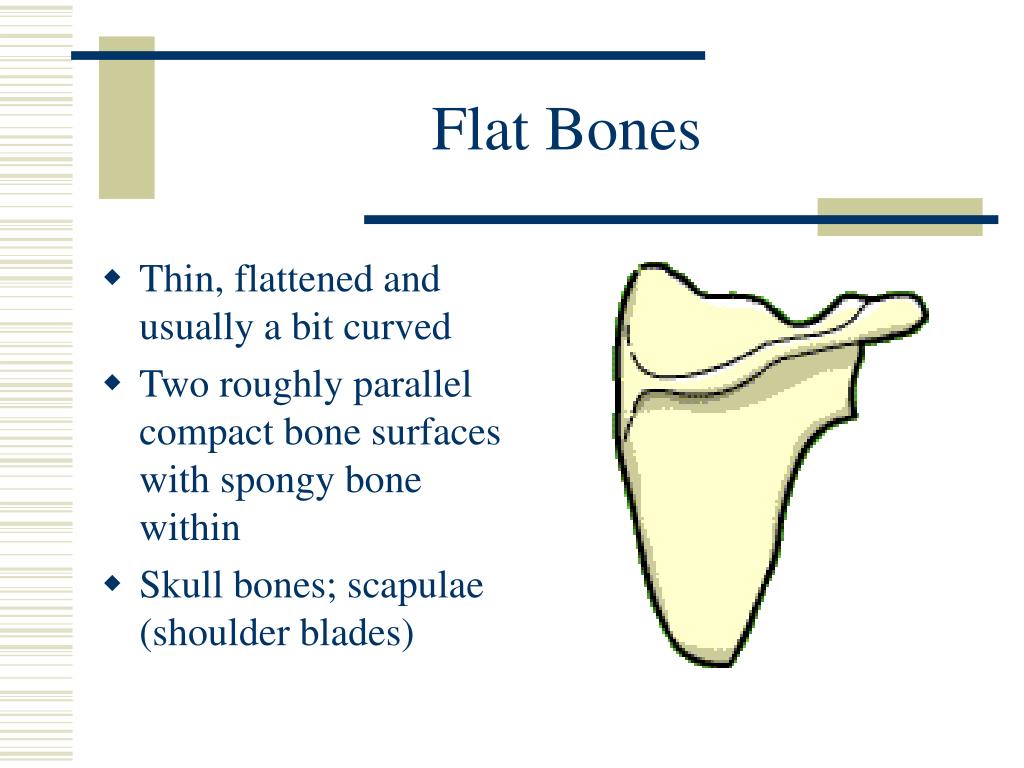
Read more about the causes of joint hypermobility. JHS is widely thought to be a feature of an underlying condition affecting connective tissue called Ehlers-Danlos syndrome (EDS). As a result, the joints can extend further than usual. If collagen is weaker than it should be, tissues in the body will be fragile, which can make ligaments and joints loose and stretchy. One of the main causes is thought to be genetically determined changes to a type of protein called collagen.Ĭollagen is found throughout the body – for example, in skin and ligaments (the tough bands of connective tissue that link two bones together at a joint).

Joint hypermobility is often hereditary (runs in families). Read more about the symptoms of joint hypermobility and diagnosing joint hypermobility. If hypermobility occurs alongside symptoms such as these, it is known as joint hypermobility syndrome (JHS). digestive problems – such as constipation and irritable bowel syndrome (IBS).joints that dislocate (come out of the correct position) easily.pain and stiffness in the joints and muscles.However, some people with joint hypermobility can have a number of unpleasant symptoms as well, such as: Many people with hypermobile joints don't have any problems, and some people – such as ballet dancers, gymnasts and musicians – may actually benefit from the increased flexibility.

Joint hypermobility is what some people refer to as having "loose joints" or being "double-jointed". People with hypermobility are particularly supple and able to move their limbs into positions others find impossible. Joint hypermobility means that some or all of a person's joints have an unusually large range of movement.


 0 kommentar(er)
0 kommentar(er)
